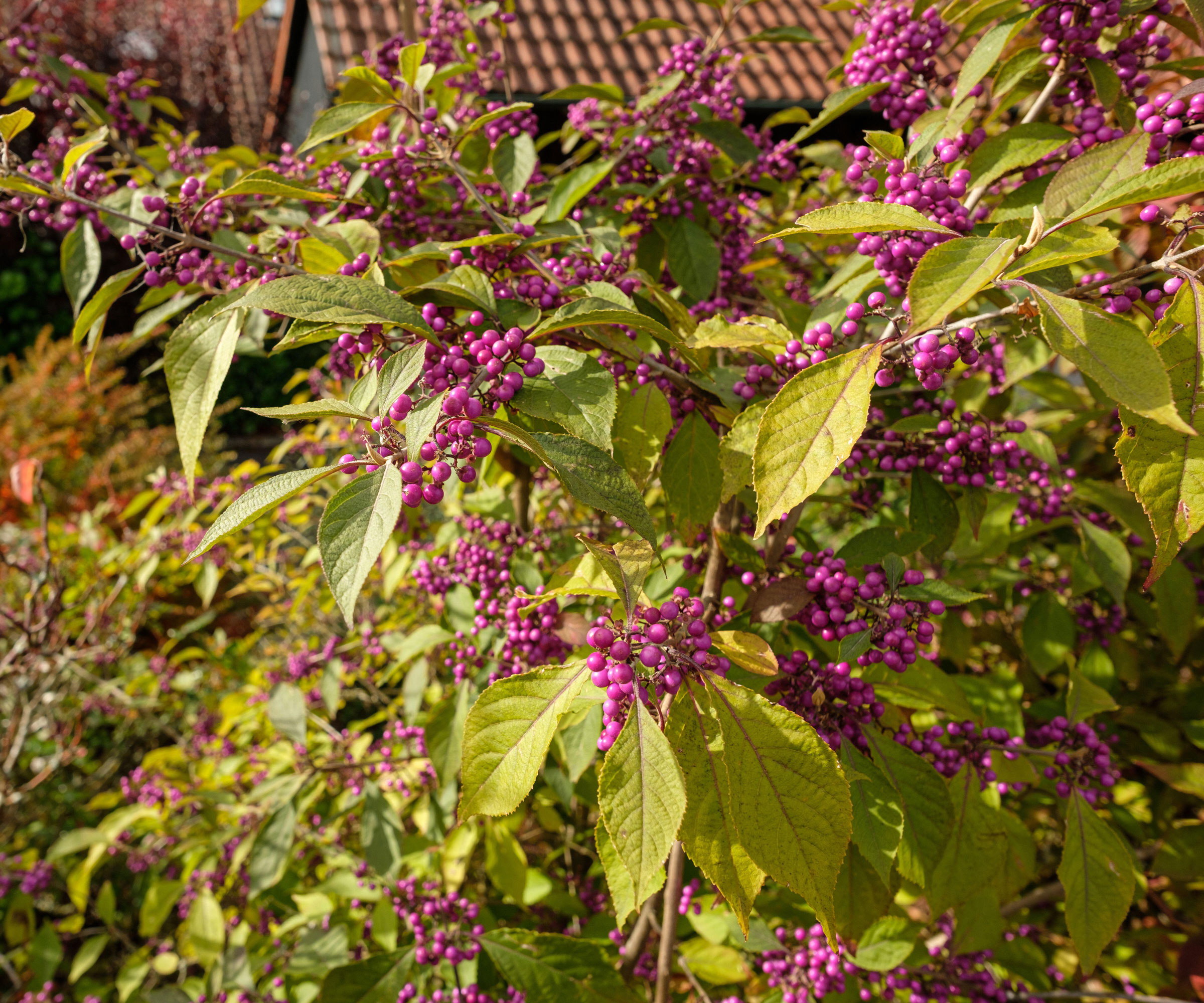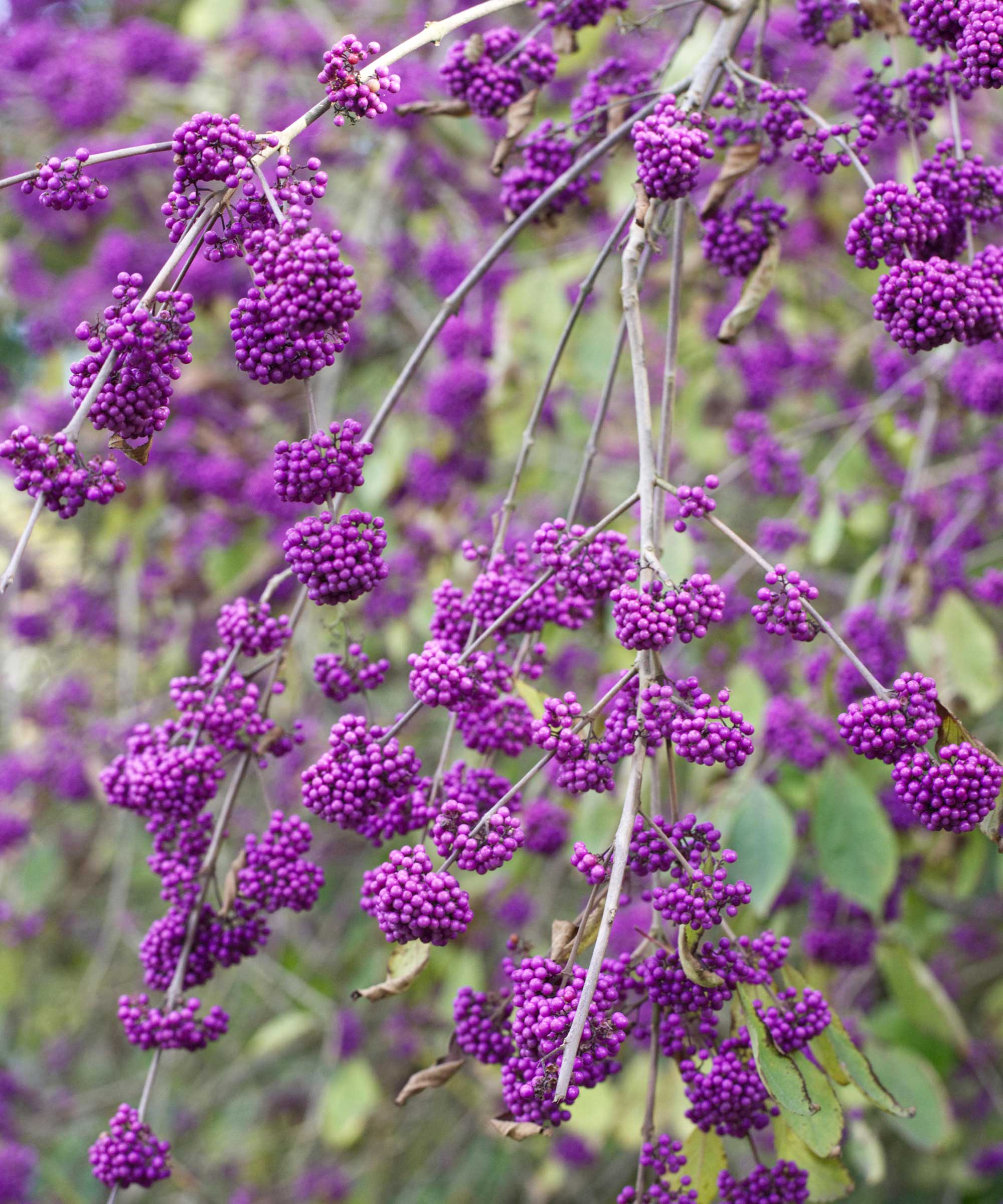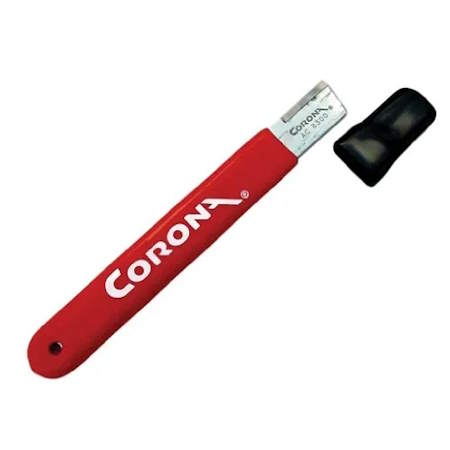April is the ideal time to prune beautyberry shrubs – for a stunning display of vibrant berries this fall
Whether you choose to trim gently or hard prune, cutting back in spring promotes healthy and productive growth


Beautyberry bushes certainly live up to their name, thanks to their striking clusters of purple or white berries throughout fall and winter. The shrubs are low maintenance, though regular pruning will maintain their performance of dazzling fruits year after year.
Prune beautyberry bushes in late winter or early spring to encourage new wood to carry that year’s flowers and fruits. Whether you prune gently or hard, doing so at the right time keeps shrubs healthy and produces berries, which, as well as being stunning, are a food source for wildlife in winter.
Understanding when and how to prune beautyberry is key to getting the best displays. To help set you on the right path, this shrub pruning guide looks in-depth at pruning a beautyberry bush and includes expert tips to help you have healthy and thriving shrubs.

An expert guide to pruning a beautyberry bush
Knowing when and how to prune beautyberry promotes healthy growth and encourages berry production. If you desire a shrub with winter berries, these are the important trimming facts you need to know.
When to prune beautyberry

Determining when to prune shrubs promotes healthy regrowth and enhances the vibrant display of striking berries. The ideal time to prune beautyberry is determined by the wood on which the shrubs bloom.
As beautyberries produce flowers and berries on new wood, trimming too early or too late is a shrub pruning mistake that will impact any display.
‘The ideal time to prune the beautyberry is late winter or early spring, just before new growth appears, but after the risk of severe frost has passed,’ says Julia Omelchenko, resident botany expert at Plantum.
Design expertise in your inbox – from inspiring decorating ideas and beautiful celebrity homes to practical gardening advice and shopping round-ups.
‘Removing old stems and encouraging the growth of new ones in spring ensures a more abundant display of berries in late summer and fall.’
You should prune during dormancy, but trimming in late fall or early winter will remove the beautyberry fruits. Callicarpa makes great plants for birds, as the fruits can be a valuable food source in winter, so retaining them is important.
Beautyberry is often a plant to prune in April, though the shrub may start growing earlier in warmer climates. They are plants to prune in spring, and no later. Pruning in late summer or fall means removing flowering stems and any potential berries, which is also best avoided.

Julia Omelchenko is a professional botany expert for the Plantum app that helps users identify plant species, diagnose their conditions, and get specific care advice. She has four years of experience consulting on botany-related topics for Plantum (formerly NatureID).
How to prune beautyberry

There are two potential pruning routes, so we look at both below. Whichever option you choose, any pruning tools must be clean and sharp before heading outside to trim.
1. Formative pruning
Selective annual pruning can help keep any beautyberry bush healthy and visually appealing. This method to prune beautyberry starts with removing dead, diseased, or damaged stems and cutting out some of the more unproductive wood.
‘The best pruning method to get the best display is to selectively thin by removing 1/3 of the oldest canes at the base every year to maintain a natural shape while encouraging new, productive growth,’ claims Michael Clarke, landscape architect and horticulturist.
This method of pruning opens up the center of the bush, promoting air circulation and sunlight penetration to keep the shrub healthy.
It is better to remove whole branches than just trimming the tips, as Julia Omelchenko warns: ‘This can lead to excessive growth at the edges and bare patches in the center of the shrub.’
2. Renewal pruning
You may have wondered if you can hard prune a beautyberry. Well, the answer is yes, and it can be highly beneficial. While not advisable for many shrubs, beautyberry responds well to this method of pruning and it can be done every few years to rejuvenate them.
Michael Clarke claims the shrubs ‘bounce back strong, often with better flowering and berry displays’ from this form of pruning.
‘Cutting the shrub back to 6-12 inches from the ground is not only well-tolerated by the beautyberry but can also be an effective rejuvenation strategy,’ adds Julia Omelchenko.
‘While hard pruning shouldn’t be done annually, it’s an excellent way to refresh mature plants. It can also be helpful after winter damage or when restoring a neglected, untidy shrub.’
If you prune beautyberry hard in late winter or early spring, give it regular deep watering afterwards and fertilize shrubs with a balanced feed in early spring to help support the new growth.
A perfect example of a simple and worry-free feed to use is these organic all-purpose fertilizer spikes available at Amazon. With a pre-measured and balanced formulation, simply place the spikes into the soil around the shrub, and you do not need to worry about over-fertilizing plants.

Michael Clarke is the founder of Yardwork and Pulled, the online platforms for everything home and garden. He has a degree in landscape architecture and horticulture from the University of California Davis. He was previously the founder of a landscape development and maintenance company.
Adding shrubs with fall or winter berries to your backyard ideas provides color and interest to a space, as well as food for birds and other mammals. On top of beautyberries, other great shrubs for fall berries include native dogwoods, chokeberries, and dog roses.
Shop tools to prune beautyberry

Drew’s passion for gardening started with growing vegetables and salad in raised beds in a small urban terrace garden. He has worked as a professional gardener in historic gardens and specialises in growing vegetables, fruit, herbs, and cut flowers as a kitchen gardener. That passion for growing extends to being an allotmenteer, garden blogger, and producing how-to gardening guides for websites. Drew was shortlisted for the New Talent of the Year award at the 2023 Garden Media Guild Awards.
You must confirm your public display name before commenting
Please logout and then login again, you will then be prompted to enter your display name.


